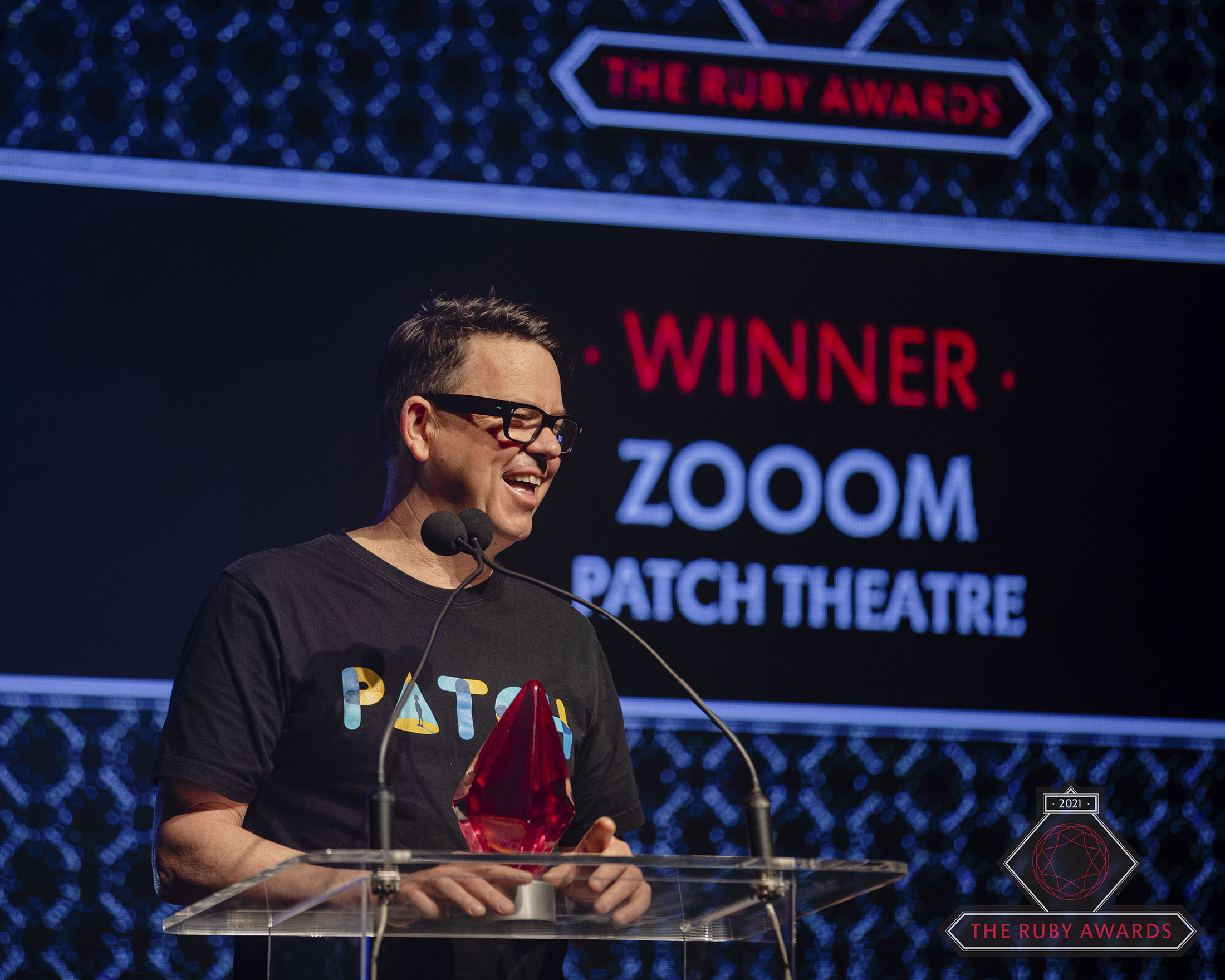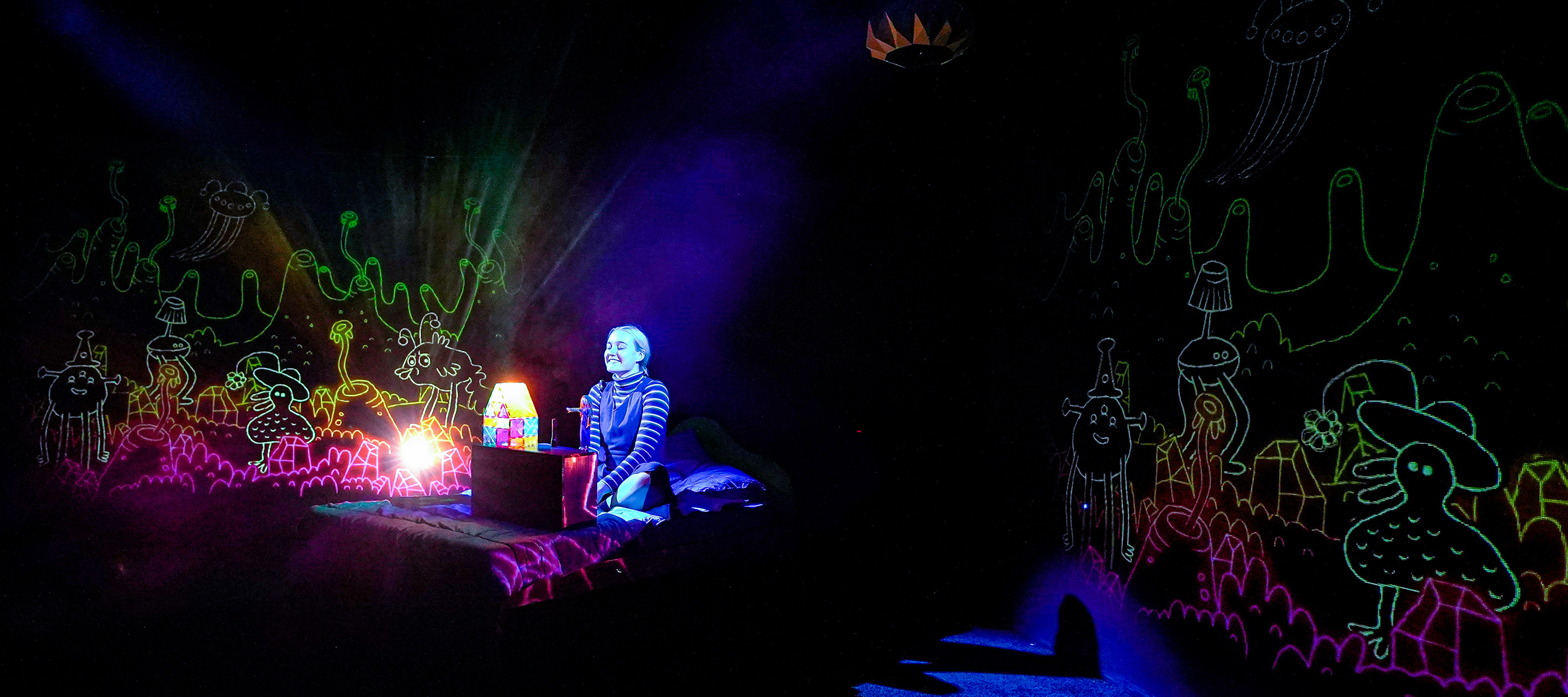We help children to make sense of their world through art, to paraphrase Picasso: all children are born artists, and it is our challenge to help them remain so. We do this by putting children at the centre of our work.
Through the work we make and our engagement with our audiences we aim to:
• Provide rich theatrical experiences that put children and their curiosity first.
• Engage our audiences in the magic of theatre where analog meets the digital.
• Ensure young people grow up with arts as integral to their lives.
• Celebrate the value of the arts in society. It is easier to build strong children than repair broken adults.
• Provide opportunities for children to be captivated and inspired through their arts experience with us.
• Enrich society and culture by broadening our audiences’ arts experience and participation.
• Support the development and maintenance of a thriving and adventurous arts’ sector.

